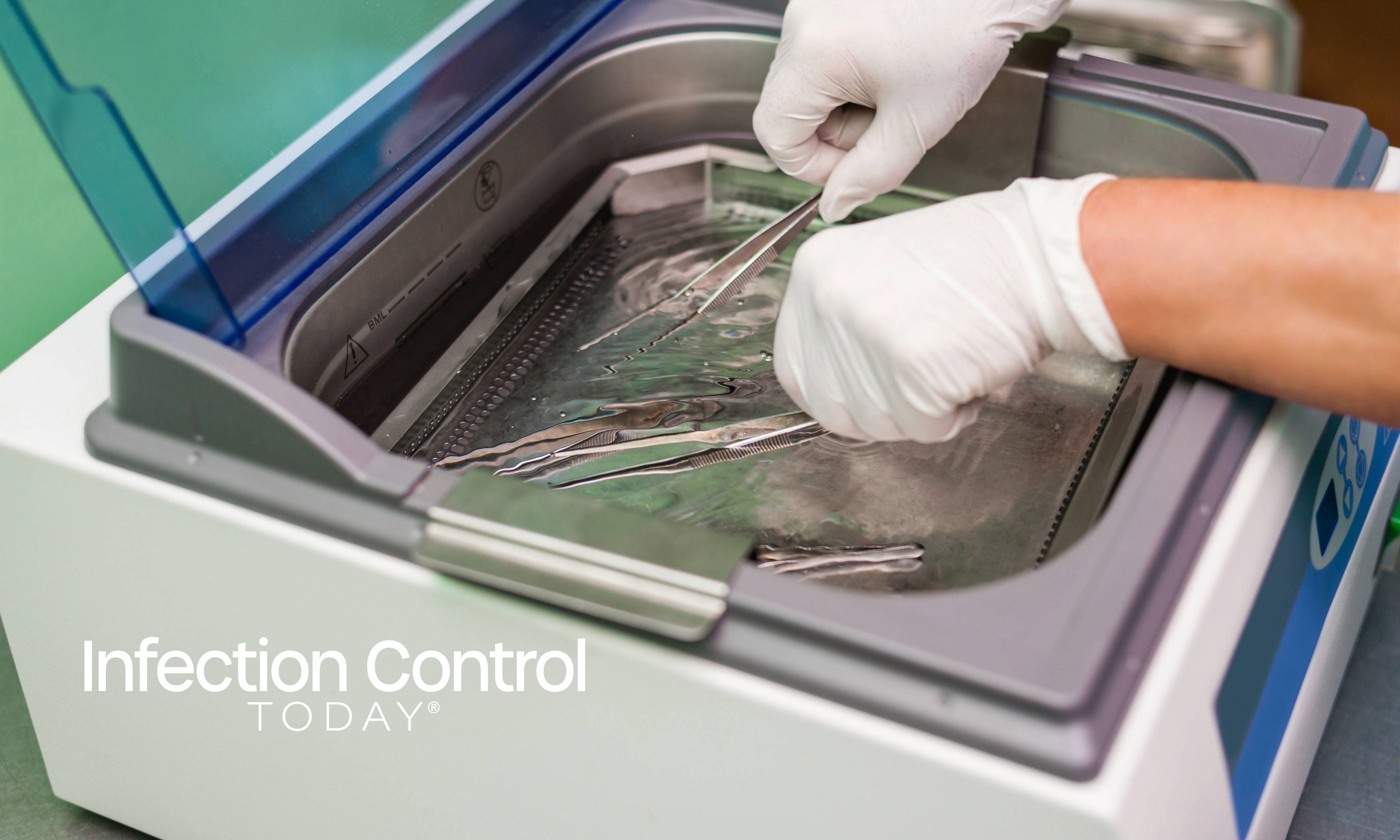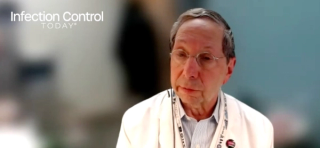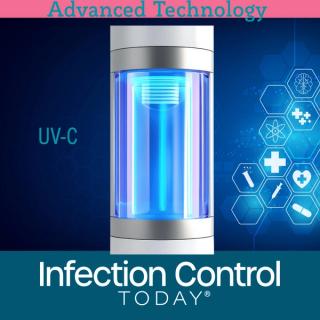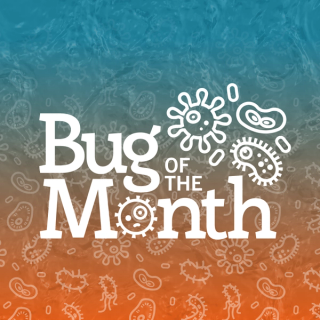
Prevention
Latest News
Latest Videos

More News

Measuring cleaning is not the same as proving disinfection. Infection preventionists must use ATP and fluorescent markers wisely—supporting training, not replacing microbial validation.

Candida auris is a fast-spreading, multidrug-resistant fungus that demands vigilance. Infection preventionists must cut through myths with evidence-based action to protect patients and facilities.

Legionnaires’ disease remains a deadly but preventable threat in health care, especially in long-term care. Every facility needs a strong, team-driven water management plan because prevention starts at the tap. This article explains what is needed to write one.

Infection preventionists dedicate themselves to patient safety, but long hours and blurred boundaries are taking a personal toll, raising urgent questions about balance and burnout,” the study authors said in a post-interview informal discussion.

Every pump of sanitizer is an opportunity to break the chain of infection. Correct dosing transforms routine hygiene into life-saving protection. For infection preventionists, teaching dose awareness is as critical as teaching when to clean.

Introducing the Infection Control Today®'s (ICT®'s) Editorial Advisory Board members—a diverse group of professionals dedicated to advancing infection prevention and control practices. This series highlights each member's unique expertise and contributions to the field.

The Bug of the Month helps educate readers about existing and emerging pathogens that are clinically important in today's health care facilities.

Check out the top 5 infection control and prevention articles for Summer 2025! Perennial articles like Bug of the Month and The Clean Bite, and a look at borescopes in sterile processing.

If you thought COVID-19 was scary, wait until you see what filmmakers have unleashed. From zombie daughters to infected water supplies, these new movies prove outbreaks make for edge-of-your-seat drama.
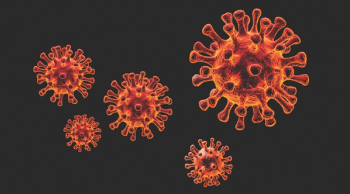
"Although the virus itself remains a threat, misinformation about COVID-19 has become a parallel epidemic, one that undermines public health efforts and endangers lives."

This 6-part series will chronicle the journey of 2 infection prevention and control (IPC) leaders, Brenna Doran, PhD, MA; and Jessica Swain, MBA, MLT, as they partnered to research and shed light on the critical issue of IP staffing in the current health care landscape. From the initial spark of an idea to the publication of an impactful article, a research manuscript, and a podcast, this series will offer an insider's view of their collaborative process and the profound implications of their findings.

From ultrasound gel safety to high-level disinfection, The Joint Commission’s 2025 surveys are zeroing in on infection prevention hot spots. Are your teams ready?
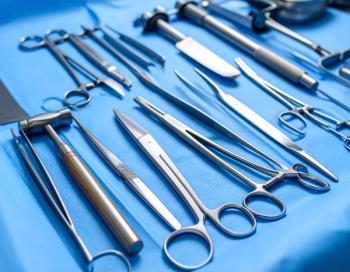
Ensuring the sterility of medical devices is a cornerstone of patient safety. This whitepaper examines steam sterilization—the predominant method in healthcare—and the critical role of chemical indicators (CIs) in monitoring process efficacy. With a focus on ISO 11140-1 standards, it compares Type 4 and Type 5 indicators, outlining their strengths, limitations, and implications for reliable sterilization practices.

Check out the latest print edition of Infection Control Today: September/October 2025.

Infection prevention cannot succeed in silos. From acute care hospitals to long-term care facilities, interdisciplinary teams bring diverse expertise together, transforming safety from an individual responsibility into a shared culture. It’s time for leaders to champion collaboration, empower every role, and embed IPC into daily care delivery.

In a historic Senate hearing, HHS Secretary Robert F. Kennedy Jr. faced bipartisan fury over vaccine misinformation, as public health leaders demanded his resignation to protect science and safety.
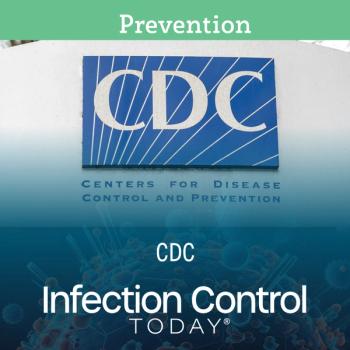
A joint statement from leading medical and public health groups calling for HHS Secretary Robert F. Kennedy Jr.’s resignation underscores the urgent need for infection preventionists to defend science-driven care and safeguard community health.
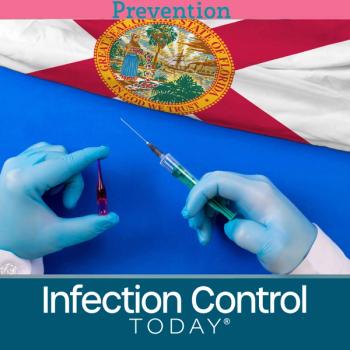
With Florida becoming the first state to eliminate all vaccine mandates, infection preventionists face mounting challenges in safeguarding communities against vaccine-preventable outbreaks.
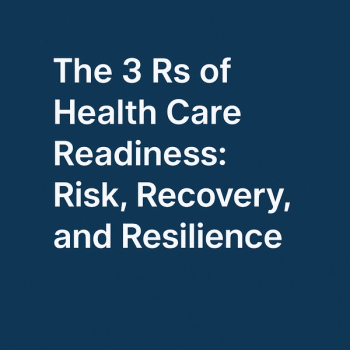
Hospital readiness is no longer just about staff and equipment—it’s about infrastructure. From flooding to infection risks, restoration now plays a vital role in protecting patients and ensuring uninterrupted care.

Dr. Demetre Daskalakis wrote in his resignation letter: "Having worked in local and national public health for years, I have never experienced such radical non-transparency, nor have I seen such unskilled manipulation of data to achieve a political end rather than the good of the American people. Enough is enough.”
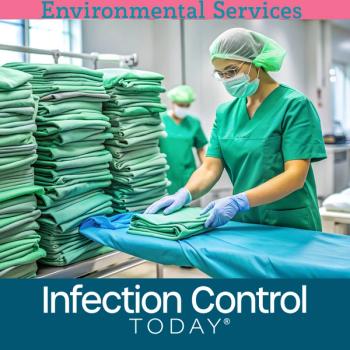
Behind every safe surgery and patient interaction lies a detail often overlooked: clean, properly managed health care textiles. TRSA’s 3-part webinar series brings infection preventionists, administrators, and clinicians the latest best practices, from eliminating the risks of home laundering to ensuring hygienically clean certifications. Now free to access, these sessions offer actionable strategies to strengthen infection control across every facility.


In health care, every decision impacts safety. Yet many facilities still rely on woven towels and blankets to absorb blood and body fluid spills—a risky shortcut that undermines infection prevention, slows workflows, and puts staff at regulatory and safety risk. It’s time to replace outdated habits with engineered, evidence-based solutions designed for today’s high-stakes care environment.

As hospitals face layoffs and budget cuts, the need to demonstrate IPs' measurable impact has never been greater. For IPs, that means transforming your resume into more than a list of duties: it must tell the story of outcomes, savings, and lives protected. Now is the moment to redefine your role—not as a cost center, but as a catalyst for safety, efficiency, and organizational success.

Here are the formal rules for the 2024 Winner of the Infection Control Today’s Educator of the Year Award™.

